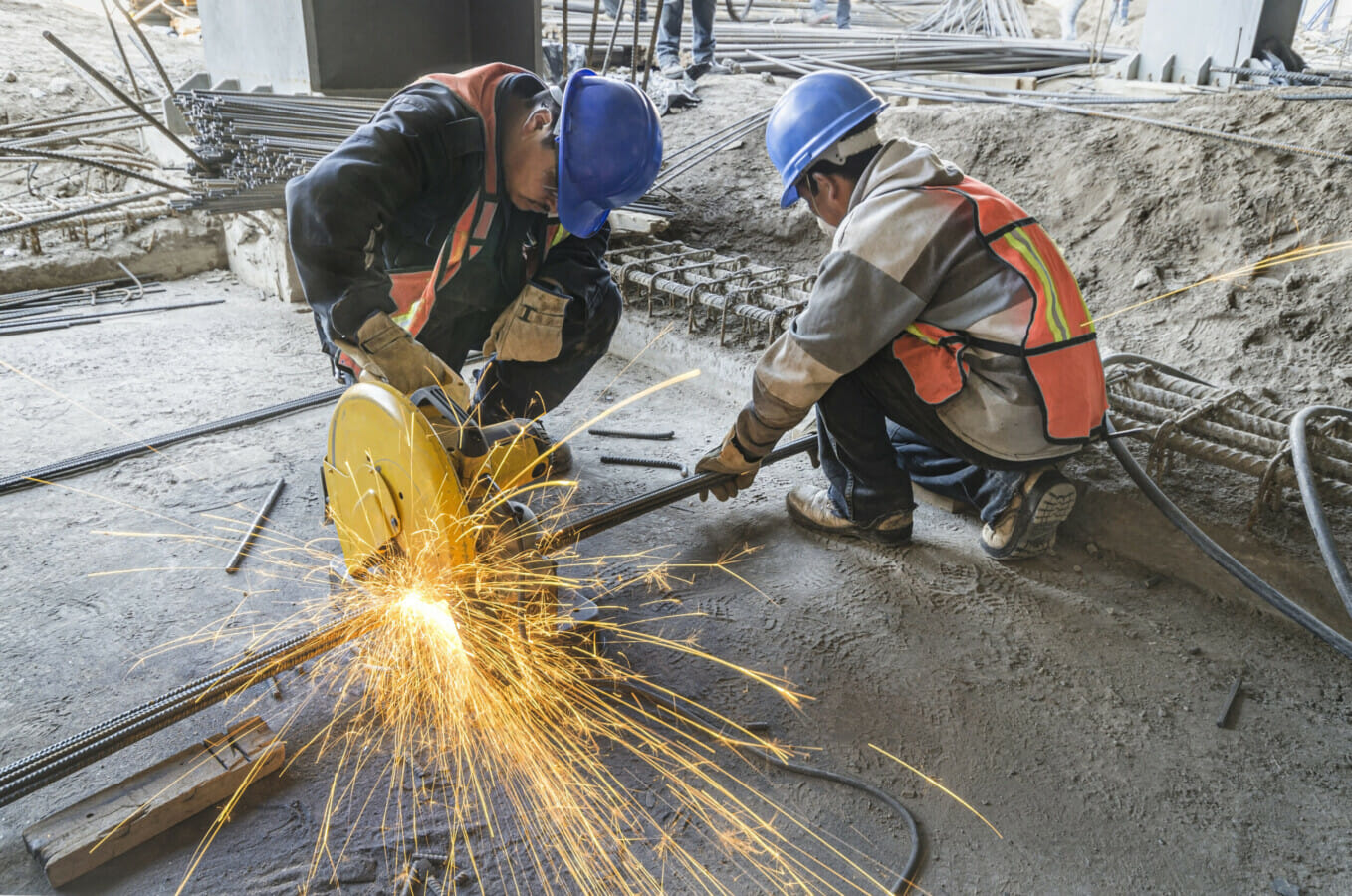
With the demand for new homes still greater than the supply, it’s a great time to be in the construction industry.
But running a construction company is full of challenges, from labour shortages to keeping up to date with the latest technology. Safety, however, is one of the biggest problems faced in the construction sector, which is prone to accidents; more workers died working in construction than in any other industry in 2020-21, according to data released by the Health and Safety Executive (HSE).
This is simply due to the high-risk nature of the job. Often working at heights or operating powerful machinery puts staff in more danger than they would be exposed to in the average occupation.
As a construction manager, you must do everything you can to protect your employees from harm. With this in mind, we’ve written this short guide on protecting your construction workers. Keep reading for four simple and actionable tips.
Take out insurance
Before you start operating and letting your workers onsite, it’s crucial that you cover yourself and them financially. It’s wise to take out comprehensive construction insurance that protects the people involved in the project from anything that could go wrong.
Conduct training
Safety training needs to be an ongoing commitment in your crew. As a leader, you need to set an example for your staff by encouraging a culture of continuous learning where health and safety is concerned.
You should provide regular training for your entire team. Regardless of whether a worker is new to the job or a seasoned veteran, nobody knows enough when it comes to staying safe.
Invest in quality equipment
Assuming that your workers are knowledgeable and skilled in using all the tools required to complete your project, the next biggest risk lies in the quality of the equipment.
To mitigate this source of danger, ensure your team conducts regular equipment checks. Furthermore, everyone involved in the project should keep their ears open for unusual noises, their eyes peeled for changes to the physical state of tools and report any differences in performance – even if only minimal.
Implement security measures
A site must often contend with several security threats. Since construction apparatus is of high value, projects are at risk of theft and vandalism.
Apart from the obvious problems of delays, replacement expenses and reduced stakeholder confidence that this poses, break-ins also put workers at risk of injury. Equipment that is missing vital components is more likely to malfunction too.
Security is therefore linked to site safety. Be sure to conduct thorough risk assessments and implement whatever steps are necessary to keep your site secure and your workers safe.
What steps do you take to safeguard your workers? Share your experience with us in the comments section.
